1. High-Tech Toilets That Do Everything
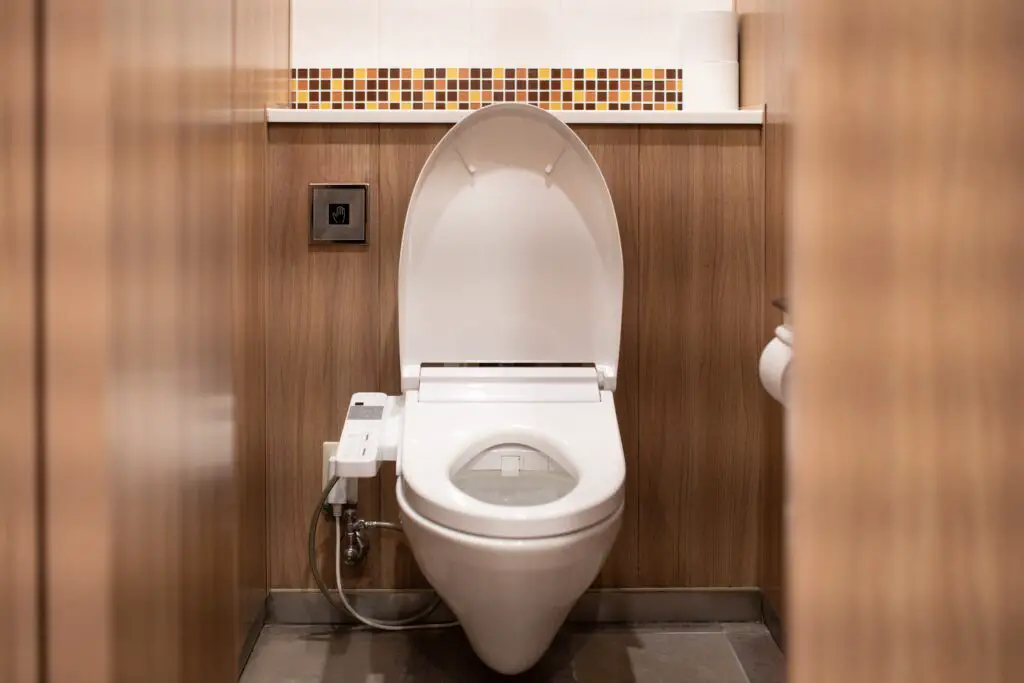
If you’ve ever used a Japanese toilet, you know it’s not your average bathroom experience. These high-tech wonders come equipped with heated seats, built-in bidets, adjustable water pressure, and even ambient sounds to mask any, well, unflattering noises. Some even have sensors that lift the lid for you or automatically flush when you’re done. It’s like a tiny spa visit every time you go says AJC.
And while it might seem over-the-top at first, it becomes strangely addicting. You’ll find yourself missing those warm seats when you return home to your chilly porcelain throne. Tourists often joke about how they’d love to pack one in their suitcase. Honestly, once you’ve used one, it’s hard to go back adds WSJ.
2. Capsule Hotels for a Night’s Sleep in a Pod
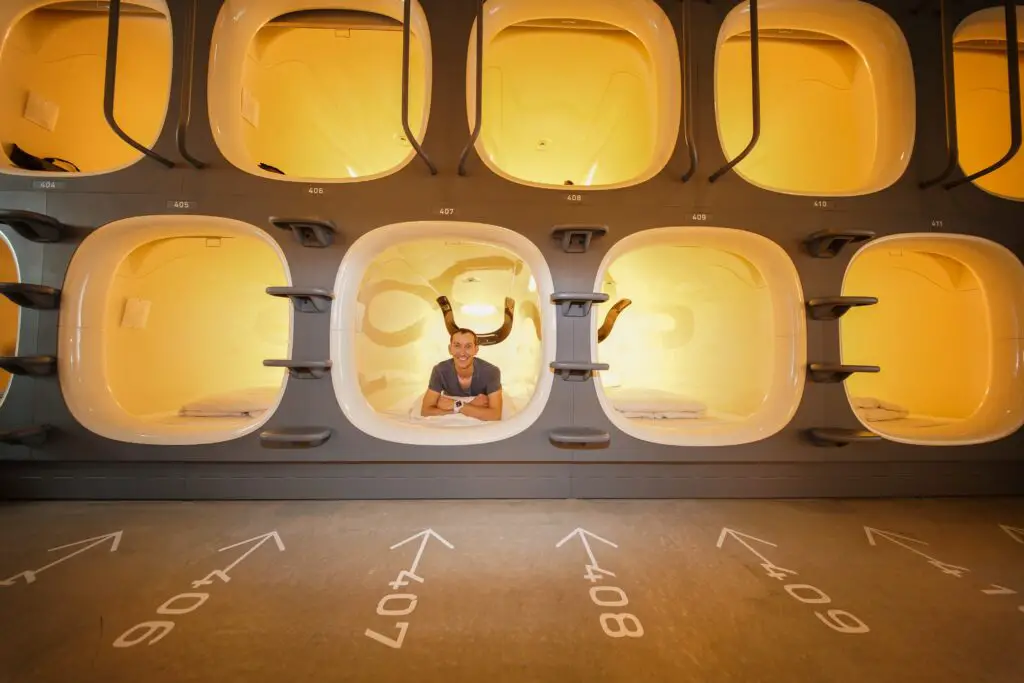
These aren’t just futuristic-looking—they’re practical and surprisingly cozy. Capsule hotels offer small sleeping pods stacked side-by-side, each big enough for one person to sleep and maybe sit up. They come with a curtain or door for privacy, outlets for your phone, and sometimes even a tiny TV. You’ll usually find lockers for your stuff and communal bathrooms down the hall shares Stripes Japan.
Originally made for businesspeople who missed the last train, they’ve become a quirky must-try for travelers. It’s not for the claustrophobic, but if you’re okay with tight spaces, it’s a unique way to experience Japan’s space-saving design. Plus, it’s often cheaper than a regular hotel. It’s like spending the night in your own little spaceship explains CNN.
3. Vending Machines That Sell Just About Everything
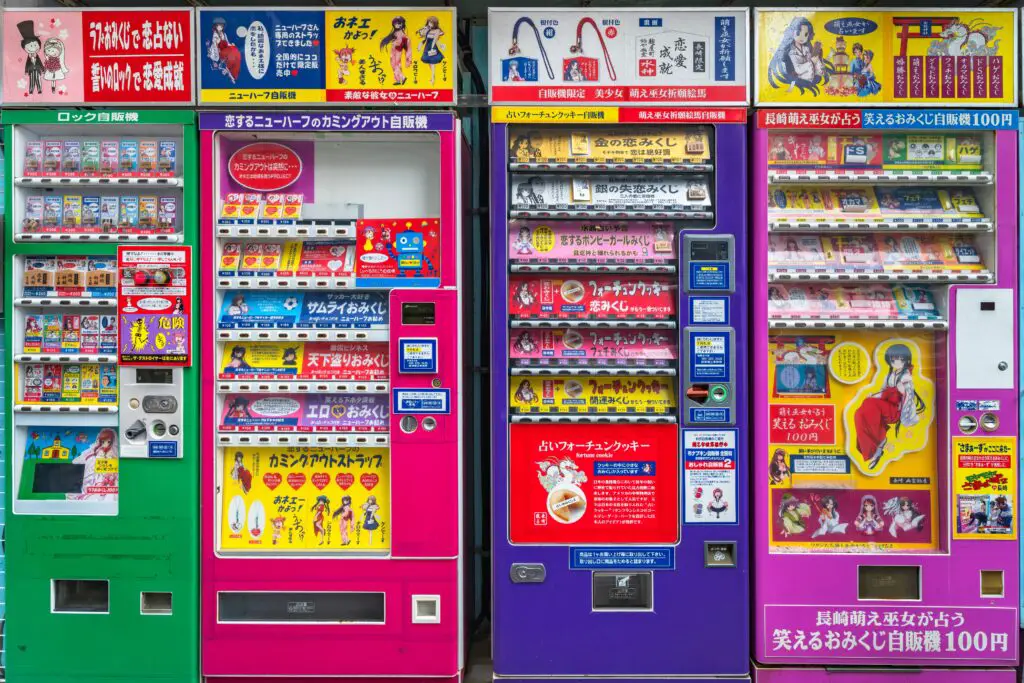
In Japan, vending machines go far beyond soda and chips. You can grab hot coffee, cold ramen, fresh eggs, umbrellas, and even t-shirts from these colorful machines. They’re on nearly every street corner, tucked into alleyways, and even found in the middle of nowhere. And somehow, they’re always perfectly stocked and clean.
It might seem excessive, but they make everyday life incredibly convenient. Craving soup at midnight? There’s a machine for that. Forgot your tie before a meeting? Yep, there’s a vending machine somewhere with a necktie. It’s such a normal part of Japanese life that you almost forget how wild it is.
4. Convenience Stores That Are Actually…Convenient

Japanese convenience stores—called konbini—aren’t like the ones back home where everything feels overpriced and stale. Places like Lawson, FamilyMart, and 7-Eleven (yes, it’s different there!) sell everything from hot meals and fresh salads to socks, stationery, and last-minute gifts. You can pay bills, buy concert tickets, and print photos, all while picking up a great bento box for lunch.
They’re so clean and organized, it feels more like a mini department store. And the food? Genuinely good. Onigiri (rice balls) and fried chicken are fan favorites, but there’s something for everyone. If you’ve ever had a konbini egg sandwich, you know it’s almost worth the trip to Japan alone.
5. Department Store Food Basements (Depachika)

If you think department stores are just for clothes and makeup, think again. In Japan, the basement floors of many department stores are filled with gourmet food stalls, bakeries, and beautifully packaged sweets. It’s like a fancy food court meets a specialty grocery store. And everything looks almost too pretty to eat.
Locals grab lunch or dinner there after work, but tourists wander around in awe. You can find sushi, French pastries, wagyu beef bento boxes, and endless samples. It’s a great way to try a bunch of things without sitting down at a restaurant. Just bring your appetite and maybe a camera, because it’s basically food art.
6. Plastic Food Displays That Look Totally Real

Before you even open a menu in Japan, you’ll probably see it—in the form of stunningly realistic plastic food models displayed outside the restaurant. These lifelike dishes are made from wax or resin, and they’re detailed down to the glistening sauces and steam effects. It helps you decide what to order without needing to read Japanese.
And they’re not just helpful, they’re genuinely fascinating. There are entire shops dedicated to selling these plastic food models as souvenirs. Some even offer workshops where you can make your own. It’s both practical and a little mesmerizing, like staring into a culinary art gallery.
7. Trains That Run to the Second

Japanese trains are world-famous for their punctuality, and it’s not an exaggeration. If a train is supposed to arrive at 9:03, you can bet it’ll be there at exactly 9:03. And if it’s even a minute late, the conductor will often apologize—over the intercom, in person, or even in writing. It’s taken very seriously.
The stations themselves are clean, orderly, and shockingly quiet despite the crowds. People line up neatly and rarely talk on the phone. It’s such a contrast from the chaos of some transit systems elsewhere. You start to appreciate just how peaceful and efficient commuting can be.
8. Cat Cafés and Animal-Themed Spots

Ever wanted to drink a latte with a cat in your lap? In Japan, that’s completely normal. Cat cafés were the first to pop up, offering visitors a chance to relax with friendly felines in cozy lounges. But now you can find cafés with owls, hedgehogs, goats, and even snakes. Yes, really.
It’s part of a broader culture that appreciates “iyashi” or healing experiences. Spending time with animals, especially for people who live in apartments with strict no-pet rules, offers a calming break from daily stress. Plus, let’s be honest—it’s super cute and Instagram-worthy. You’ll leave happier, even if you’re covered in fur.
9. Meal Tickets at Restaurant Entrances
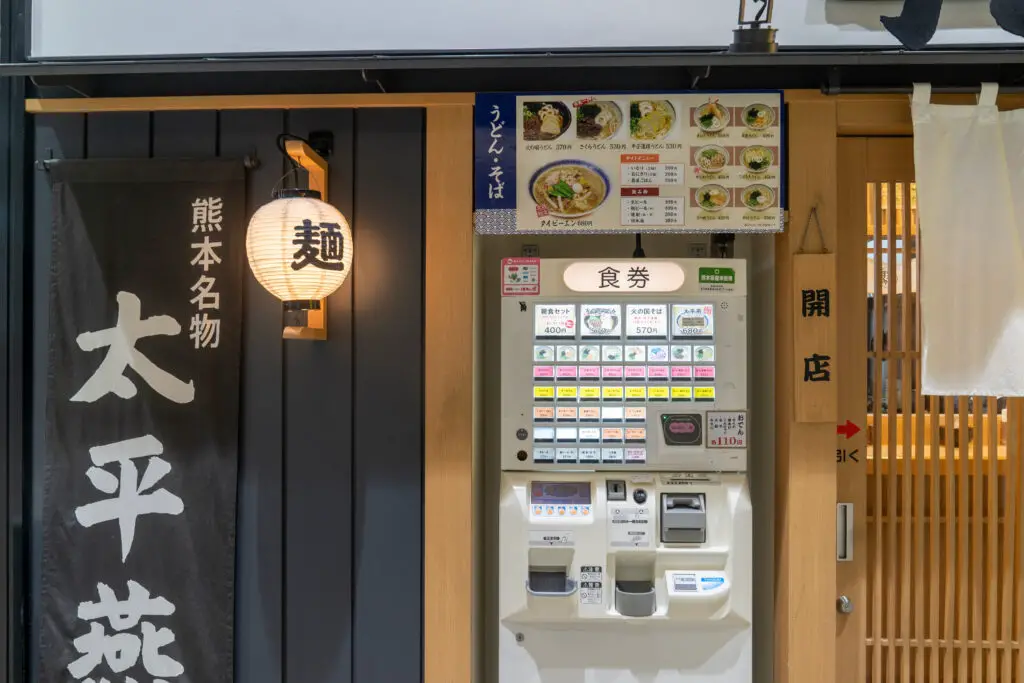
In many casual restaurants, especially ramen shops, you don’t order from a waiter. Instead, you use a vending machine near the door to choose and pay for your meal. You get a ticket to hand to the chef, and they whip up your dish while you find a seat. It’s fast, efficient, and perfect if you’re shy about ordering in a new language.
It also keeps things simple for the staff and reduces wait times. No calculating tips, no splitting bills. Just press a button and eat. It’s so easy that you start to wonder why more countries haven’t copied the system.
10. Themed Trains, Cafés, and Hotels

In Japan, you can ride a Hello Kitty bullet train, dine in a ninja-themed restaurant, or stay in a hotel where every room is a Pokémon paradise. Themed experiences are taken seriously here, and they’re executed with an incredible level of detail. It’s not just about sticking up some posters—it’s about creating an immersive world.
Families, couples, and tourists all get in on the fun. Even grown-ups enjoy a Ghibli-themed café or a Godzilla hotel suite. It’s playful, imaginative, and often nostalgic. You can’t help but smile when your latte comes with a cartoon character’s face in the foam.
11. Street Etiquette That’s Surprisingly Polite

You’ll notice something almost immediately: people in Japan don’t talk loudly on the phone, eat while walking, or shove past you in a crowd. There’s an unspoken sense of consideration that permeates daily life. Even in the busiest train stations, things move quietly and efficiently.
It’s not about rules so much as a shared understanding of respect. You get used to the quiet, the bows, the little moments of courtesy. And before long, you’ll probably find yourself bowing back and waiting patiently at crosswalks. It’s a gentler pace of life, and it makes the city feel strangely peaceful.
12. Umbrella Lockers and Free Rain Gear

When it starts to drizzle in Japan, you’ll see a sea of clear umbrellas pop up—often bought from vending machines or convenience stores for just a few bucks. But when you walk into a store or restaurant, you’re expected to stash your umbrella. Many places provide umbrella lockers or bags to keep the floor dry and tidy.
Some shops even offer free loaner umbrellas or have a communal bin for sharing. It’s all part of the culture’s obsession with cleanliness and consideration. You won’t see people shaking out their umbrellas indoors or dragging water trails behind them. It’s the little touches that make you feel like everything’s been thought of.
13. Extreme Packaging and Gift Presentation
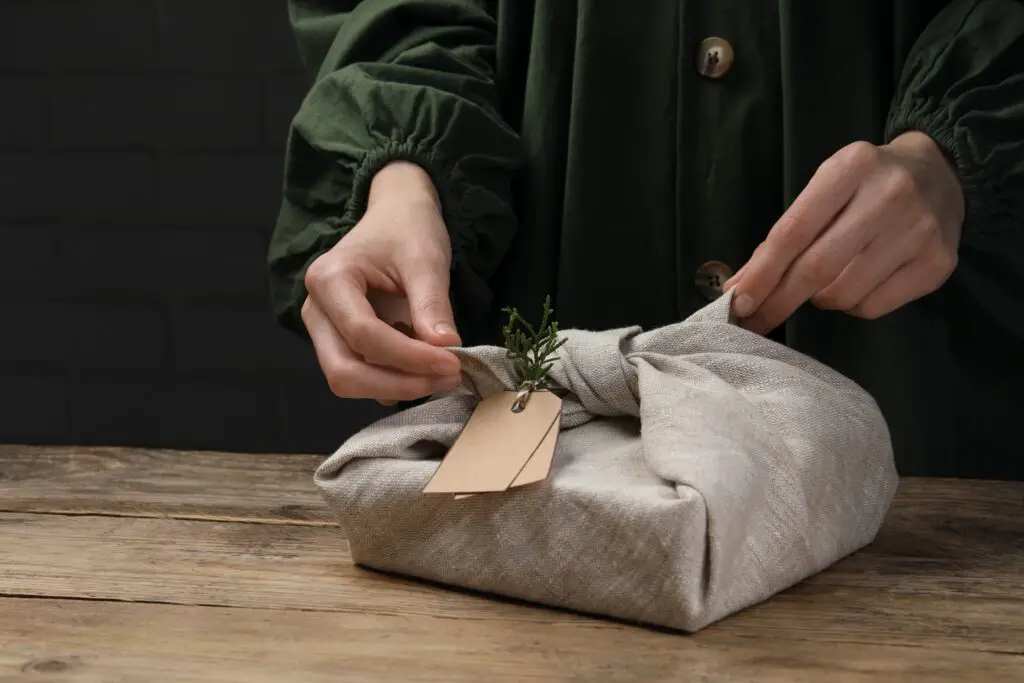
If you buy something in Japan—even a candy bar—it’s likely to be wrapped with more care than a Christmas present. From department stores to convenience shops, packaging is an art form. There are layers, decorative seals, and tiny touches that turn even the simplest item into a small gift.
It’s tied to the cultural importance of presentation and respect. Giving someone a gift? You might spend as much time choosing the wrapping as you do the gift itself. And even everyday purchases often get the white-glove treatment. It makes you feel like your purchase, no matter how small, really matters.
